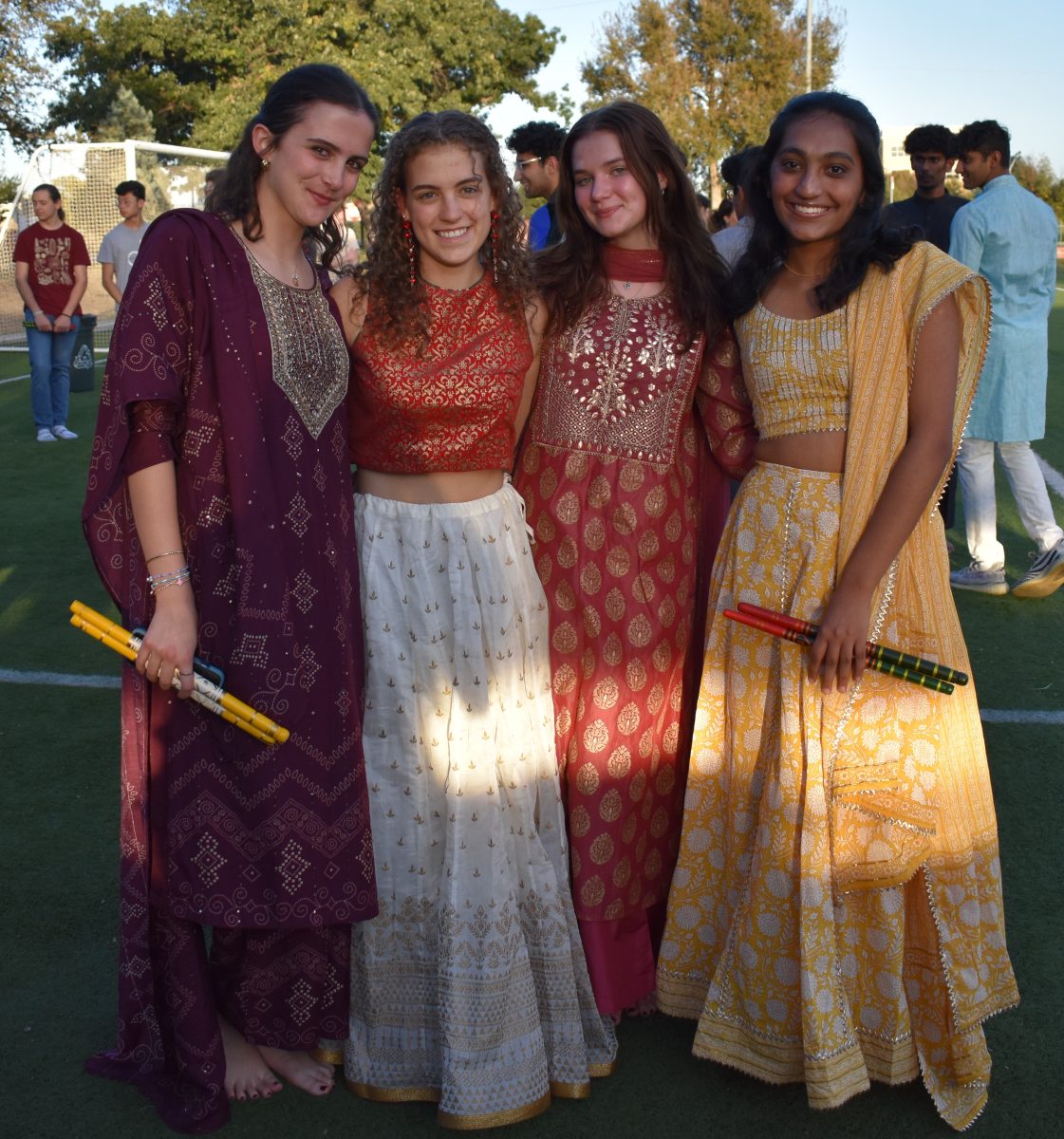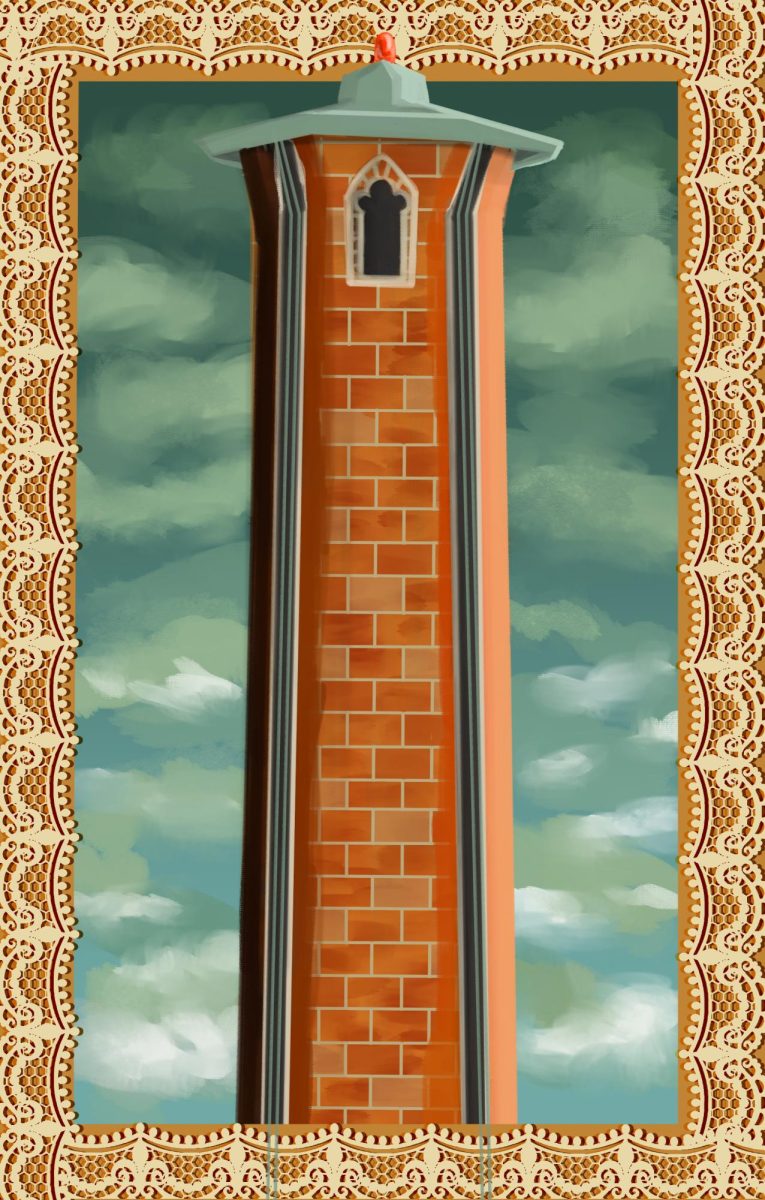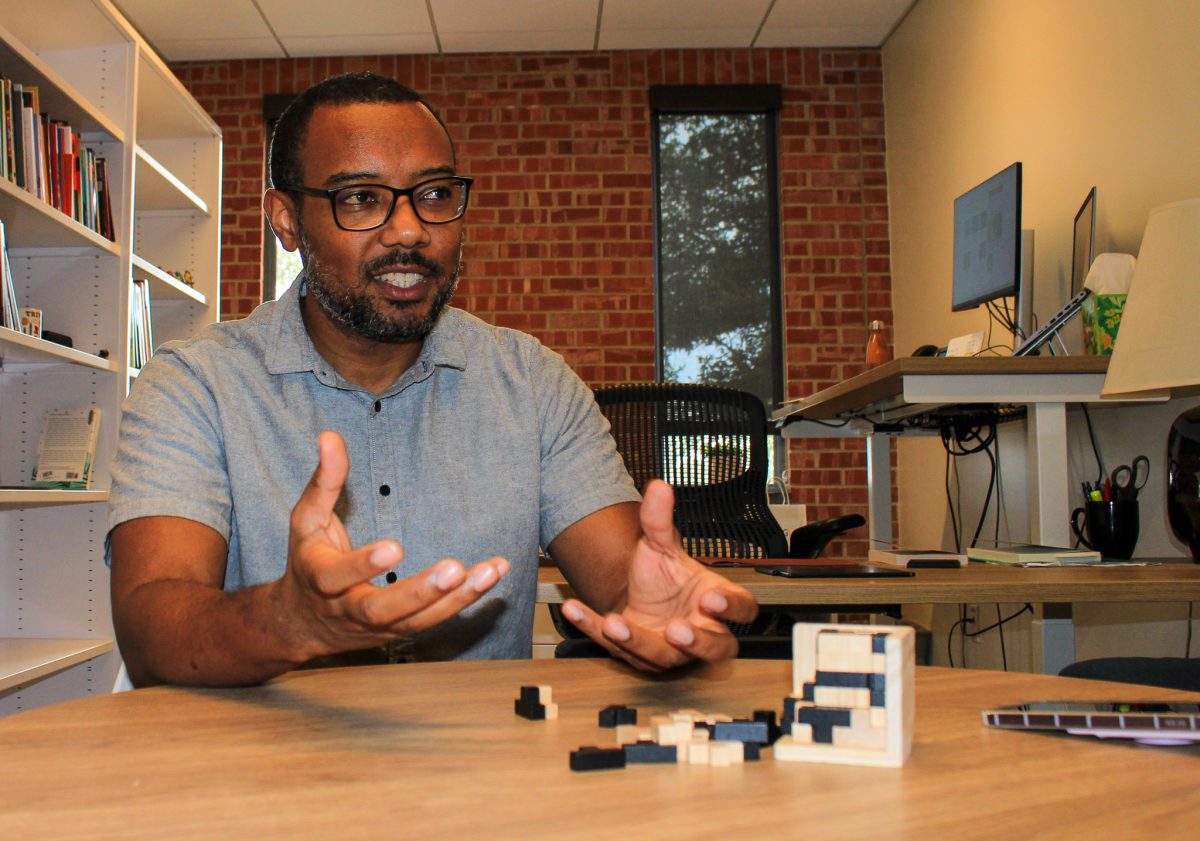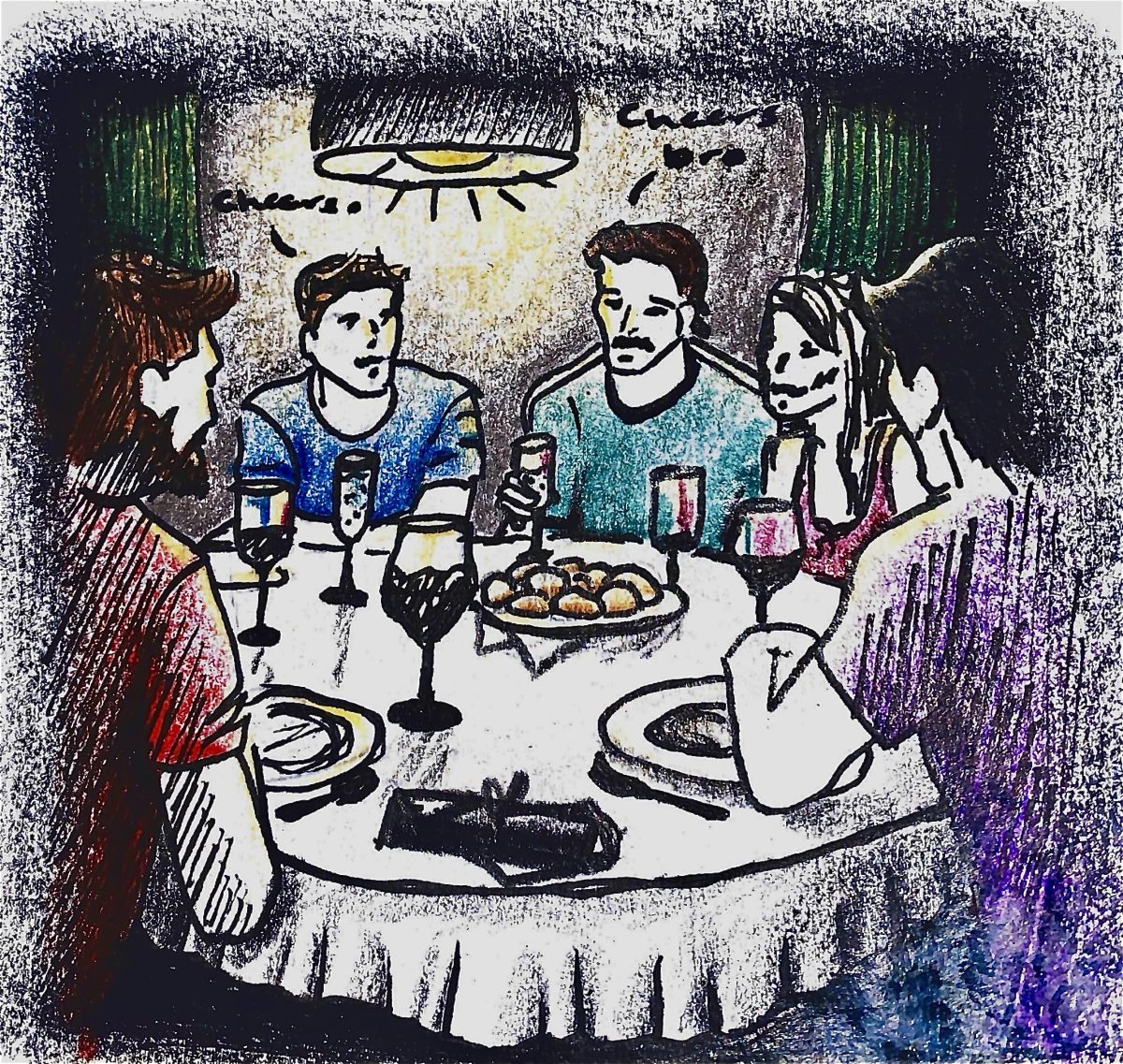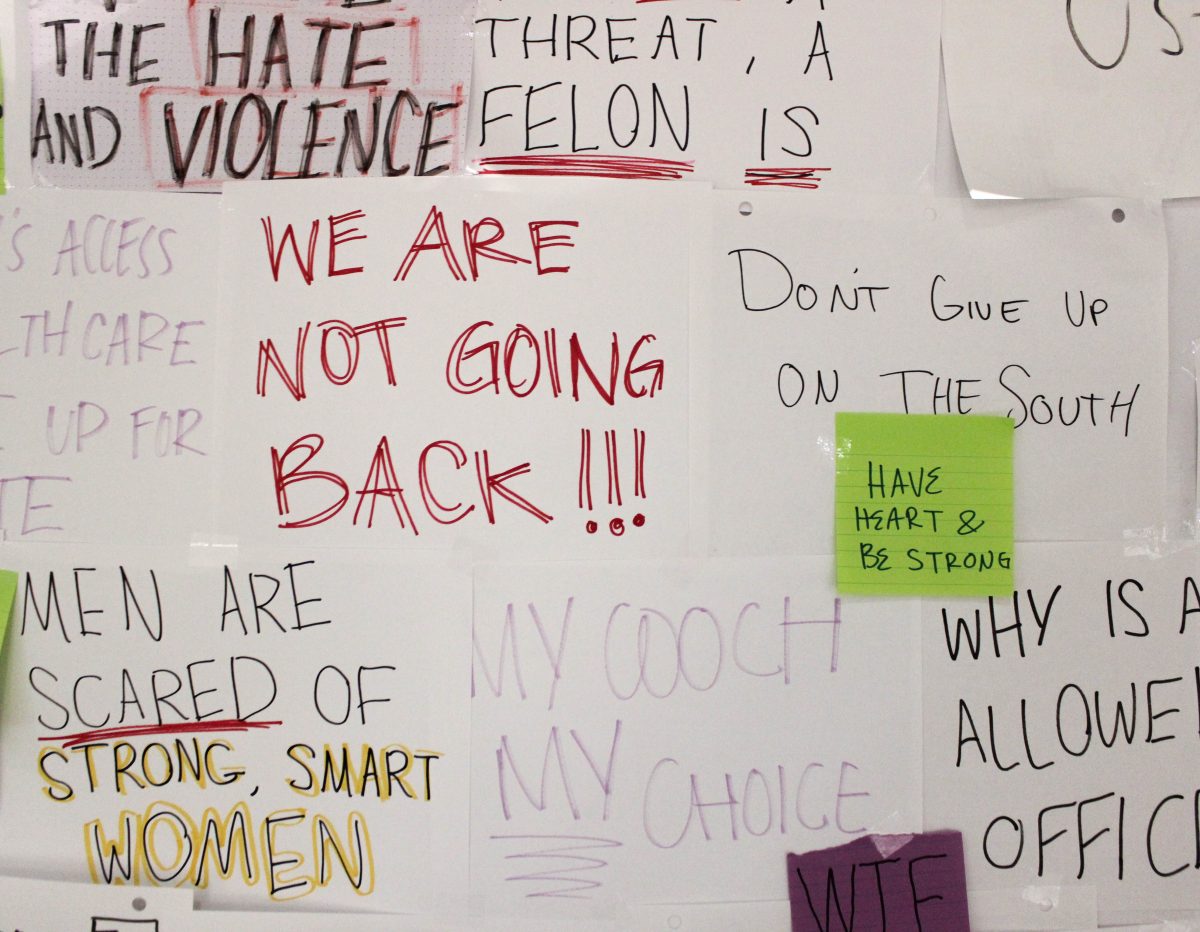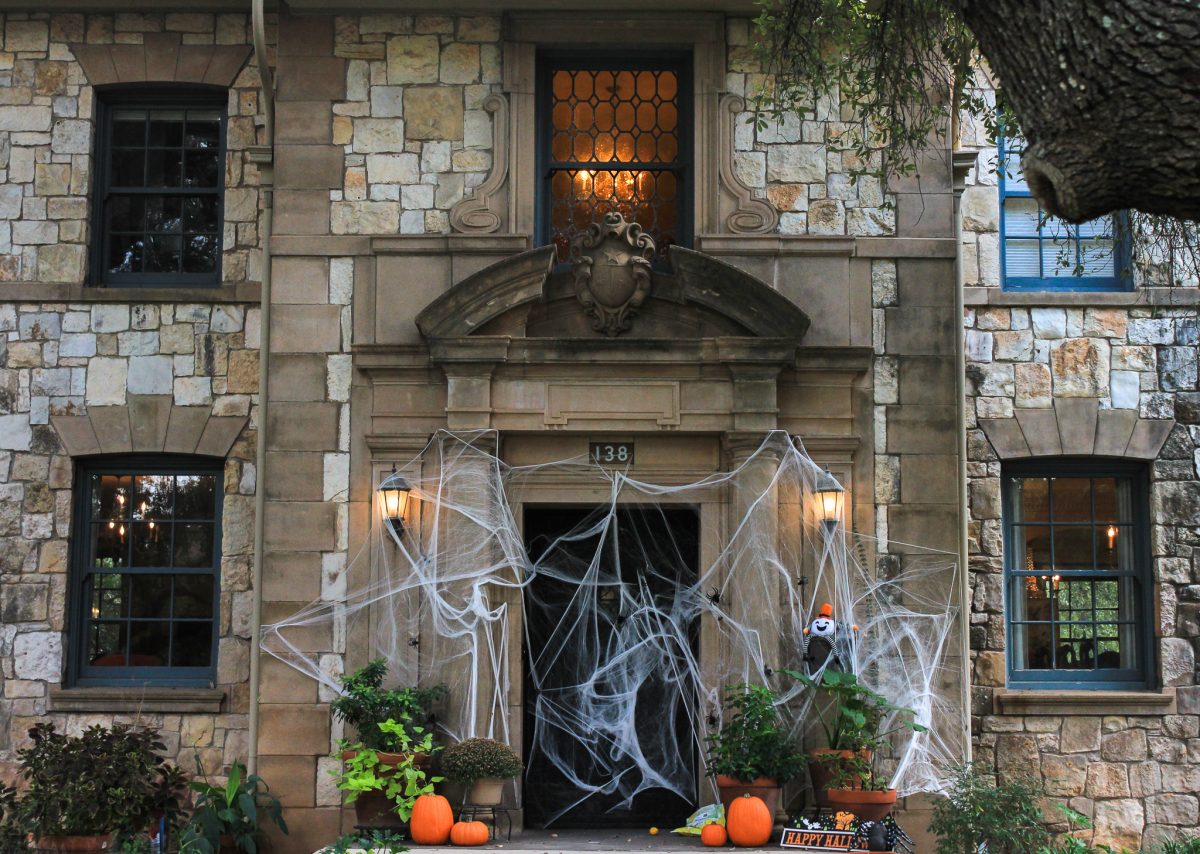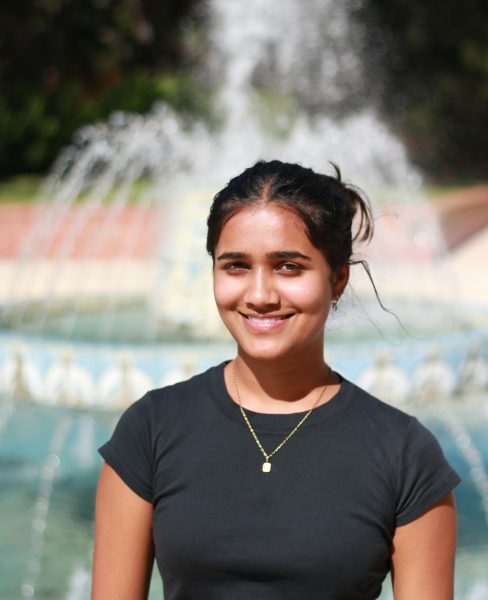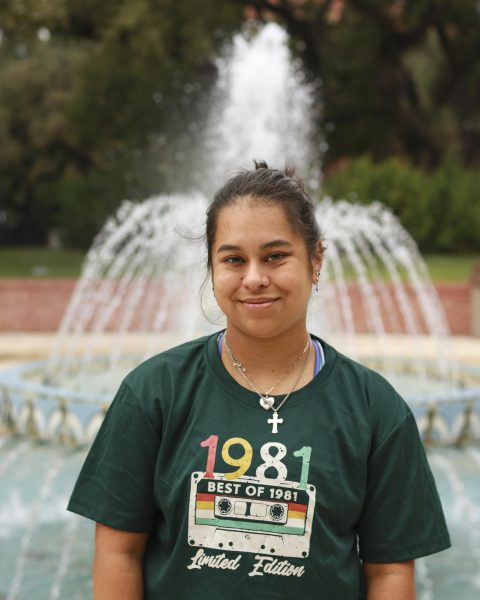This is the third year SASA is celebrating Navratri, and they hope to keep it going in the future while continuing to add more festivities to each year’s iteration of the event. SASA started planning this event right after another event, Bombay to Beijing, in collaboration with the Chinese Language and Culture Association (CLCA).
SASA celebrated Navratri on Friday, Oct. 20, on the intramural field. The event was supported heavily both financially and logistically by Chapel and Spiritual Life (CSL) with Chaplain Alex Serna-Wallender’s help. Ani Siva, junior biochemistry and molecular biology double-major, talked about SASA’s strategy for planning the event.
“Plan, divide and conquer,” Siva said. “Lots of meetings and lots of line-by-line details. Fortunately, we have a strong team with diverse personalities. Everyone is willing to put in the effort that it takes to run an event like this.”
Navratri, one of the most significant traditions in the Hindu calendar, celebrates the strength of the goddess Durga for killing a demon known as Mahishasura. The festival is celebrated differently across India, with some families fasting and only eating select foods or others participating in celebrations with feasting and dancing. Navratri is celebrated all over the world and lasts nine days, with the word itself translating to “Nine Nights.”
The story behind Navratri symbolizes the power of women. Lord Brahma, a very powerful God in the Hindu culture, blessed Mahishasura and made him immortal — with the caveat that he could be defeated, but only at the hands of a woman. Thus, the three most powerful Hindu gods: Lord Brahma, Lord Vishnu and Lord Shiva, created the goddess Durga and she fought the demon for 10 days.
Siva shared that SASA hoped to give people as close to an authentic South Asian cultural experience as possible. They gave attendees the opportunity to get out of their comfort zones and try new things, such as Garba circles (big dance circles), Dandiya (a traditional dance using wooden sticks) and new food and drink. Due to South Asia’s incredibly diverse and spirited culture, SASA worked hard to immerse attendees into a similar experience.
“This year is to build even more on what we accomplished last year,” Siva said. “We want to continue to fine-tune that perfect balance between cultural experience and fun. Also, we like to find new events to highlight from South Asian culture. South Asia is massive, so we have a lot of things to pick from and a lot of space to collaborate with a lot of other clubs, which is always fun.”
Hamzah Khuram, junior accounting major, shared his experience at Navratri. Khuram thoroughly enjoyed being a part of the festive atmosphere and felt as though SASA did a great job of highlighting South Asian culture, and it reminded him and comforted him with the feeling of home.
“I had a great time on Friday,” Khuram said. “The food was really good, and I was so happy to see so many people come out and enjoy the event as well. The dance that some of the members of SASA did was one of my favorite parts of the event because they were really into it and did a really good job dancing and celebrating Navratri.”
Sumaya Tandon, sophomore geoscience major, had a great experience at Navratri. Since Tandon is away from home and not with family, being able to participate in her culture was her favorite part.
“We just hung out, ate food and got taught Garba. We had Gulab Jamun, Chole Bhatura and Pani Puri,” Tandon said.
Navratri is just the start to the other events SASA has planned moving forward. With Diwali, the celebration of lights, right around the corner, SASA sets up a spectacular production for the Trinity community.

